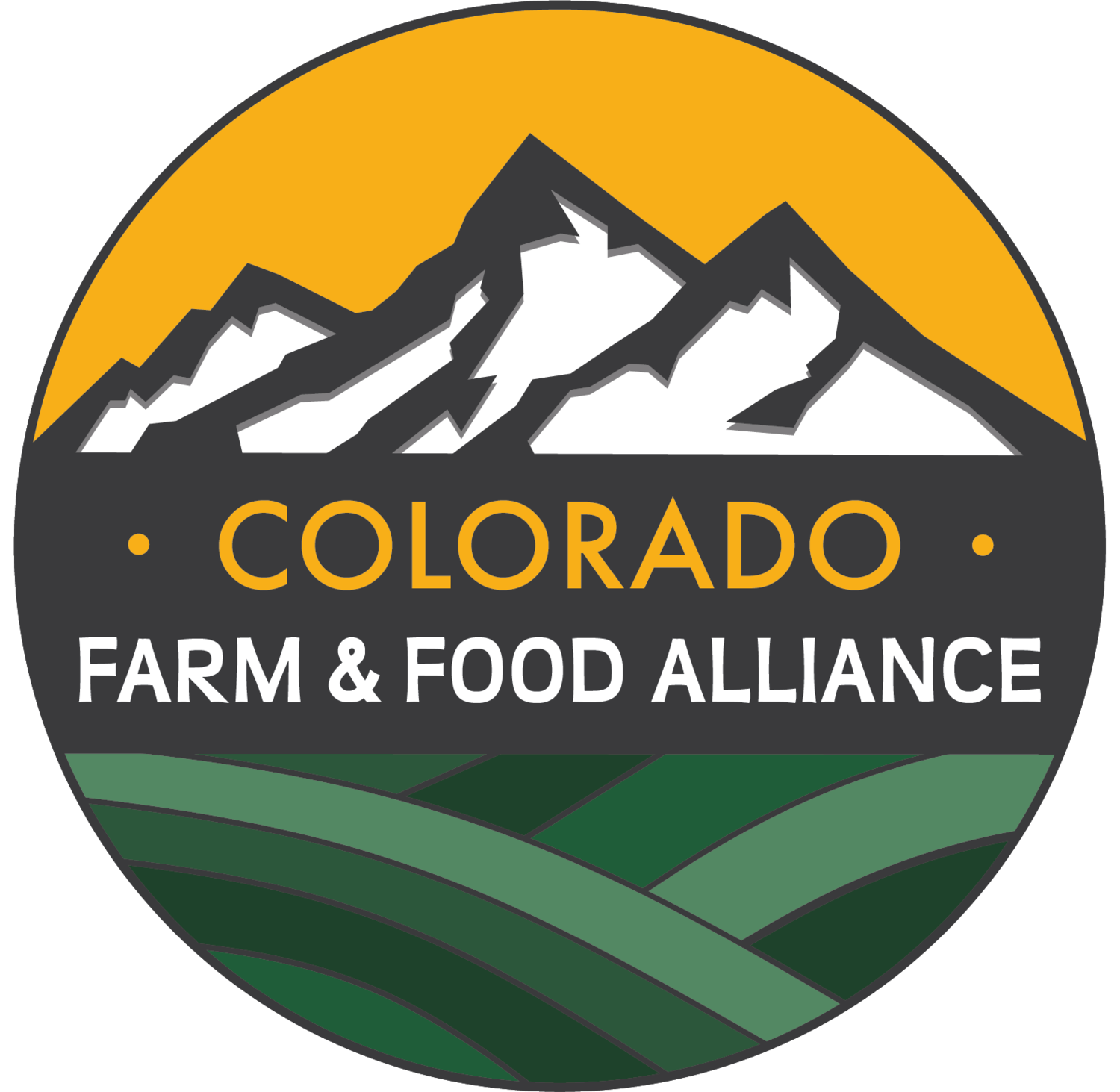Why Public Lands Matter: A History of Stewardship and Use Rooted in Rural Colorado
By: Pete Kolbenschlag
Growers in the North Fork Valley have always relied on the health of the forests and public lands as vital to their success. The connection was recognized soon after the first settlers arrived in western Colorado. The Battlement Mesa Forest Reserve (now parts of Grand Mesa and White River National Forests) was established on Christmas Eve in 1892 by President Benjamin Harrison. It was the nation's third forest reserve (following reserves that are now parts of the Yellowstone and the White River National Forests), and was made to protect critical national watersheds and timber.
Grand Mesa, which frames the valley’s northern horizon, is a flat-topped mountain capped by a resistant basalt layer formed by lava flows, and which holds over 300 natural lakes and many reservoirs. This makes the Grand Mesa a uniquely abundant water source, as well as exceptional for hunting, fishing and outdoor opportunities. Springs emerge from beneath the basalt, providing irrigation and drinking water for many valley residents and for some of its richest farmland on south-facing mesas that slope down from the Grand Mesa into the North Fork’s agricultural heart.
A lake on Grand Mesa
The Gunnison National Forest was crafted from the Gunnison and the central portions of the Cochetopa Forest Reserves, created in 1905 by President Theodore Roosevelt, and was also set aside to protect these crucial headwaters areas and forested uplands. Forest Service reports from the 1920s specifically emphasize how orchardists depended on healthy forests for reliable water to irrigate crops and support livestock.
Waters that flow off the Grand Mesa and Gunnison National Forests join to form the North Fork of the Gunnison River. Farmers Ditch, the oldest in the valley, was started in 1893 to divert water from the river to bring to farms along the flanks of the Grand Mesa. The upland forests were more than just trees for timber — they formed the foundation of agriculture, tourism, and rural livelihoods more than 100 years ago.
National Forests and public lands also serve as essential carbon sinks, boost natural systems, and sustain vibrant rural economies. Intact forests and soils absorb carbon, support biodiversity, and build resilience to drought and wildfire. Ranchers rely on public grazing lands, while outdoor recreation—like hiking, fishing, hunting, jeeping or cross-country skiing—remains a core economic driver.
At the start of the 20th Century, early Forest Service surveys stressed that healthy forests protect soil and replenish water, directly supporting rural economies. For generations, the public lands surrounding the North Fork have sustained orchards, vineyards, hayfields, families and livelihoods.
Today locals and visitors enjoy Grand Mesa and Gunnison National Forests year-round. In the summer to escape rising temperatures and revel in an abundance of wildflowers. A century ago, Grand Mesa was already notable for its lakes, cool climate, and hunting opportunities, including lodges serving visitors. One famous visitor was President Roosevelt, who took a six-week hunting trip in the region (at least as near as the upper reaches of Divide Creek) in 1905. Guided by locals, he hunted and promoted conservation, helping shape America’s identity around our parks and public lands.
Today, America’s public lands legacy is not finished. It’s not just history. Building on this, the Gunnison Outdoor Resources Protection (GORP) Act safeguards over 730,000 acres of National Forests and public lands, headwaters, and working lands vital to communities in Gunnison and Delta counties, centered around public lands in the Gunnison NF in this landscape of our state’s earliest, most precious reserves.
The GORP Act is supported by Western Colorado’s Republican Representative and by both our Democratic U.S. Senators, making it bipartisan and marking its broad base of popular support.
Despite this success, public lands still face increasing threats from climate change, drought, and harmful policies. The GORP Act balances conservation with grazing, recreation, and water rights, withdrawing key areas, including much of the North Fork Valley, from oil and gas development to protect the natural systems that sustain agriculture and rural life.
Our protected and healthy public lands provide a steady supply of clean water for farms, ranches, and millions of downstream Americans. Because losing these lands or their health puts the water that our farms and millions depend on at risk, losing these forests and headwaters would mean not only the loss of cherished landscapes but would risk the natural systems—clean water, carbon storage, biodiversity—that all rural Coloradans depend on.
The GORP Act is just one part of this century-long relationship between downvalley farms and forested headwaters. The conservation of public lands that reinforces local leadership, strong partnerships, and wise policies is a Colorado tradition that helps to ensure that these sources of sustenance continue to support local communities, agriculture, wildlife, recreation, and economic opportunity.
Join us in thanking the western Colorado congressional delegation for sponsoring the GORP Act by going here and adding your name to our letter. We are also grateful to have so many stalwart public lands advocates and partners with whom we stand in this work.



